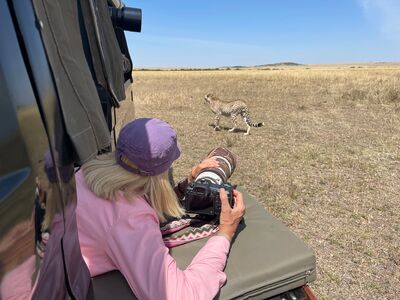Oceanic Birds of the Southern Seas (but no Penguins yet)...
Mar 16, 2023 02:28:38 #
Here's my second set of photos from a recent trip to South American and Antarctica. This set includes only Oceanic birds, meaning birds that spend almost their entire life out in the ocean, which excludes most gulls, terns, pelicans, and other birds that live along the coast. Most of these Oceanic species are gray, black and white, though some browns appear along with colors on the beaks and feet. Most of these species are also referred to as "tube bills" because of the tubular structure along the tops of their bills. Many of these species only venture on land for breeding. Those who have asked to see Penguins, hang in there. Those will come next.
Wandering Albatross: There are two main species of Great Albatrosses, further broken in to 7 subspecies. The Wandering Albatross has a wingspan of 9-1/2' to 11-1/2'. Like the other Giant Albatross, the Royal Albatross (wingspan 10' to 11-1/2') these species spend effortless hours soaring on the ocean winds in cold-water temperatures.
Spectacled Petrel: Spectacled Petrels are related to the more common White-chinned Petrel. Both are large Petrels with sooty bodies and wedge-shaped tails. Both have light yellowish bills with dark outlines and noticeable tubes on the upper edge, but the Spectacled Petrel's bill tip is dark. Spectacled Petrels are easily identified by the unique white "spectacles" seen in this photo.
Southern Giant-Petrel: Giant-Petrels, both Northern and Southern, clearly display the "tube bill" mentioned above.
Royal Albatross: The second member of the Great Albatrosses, the pictures bird is an adult, showing the full white body.
Pink-footed Shearwater: This is common along the Humboldt Current and off the Chilean coast. It often feeds over cetaceans (whales and dolphins) and savenges from fishing boats. The pink bill with black tip and flesh-colored feet help in identifying this species.
Southern Giant-Petrel: The Giant-Petrels show probably the best examples of the "tube bills" discussed above. These are large, powerful birds are distinguishable from the Northern Giant-Petrels by the greenish cast to the tip of the bill. Northern Giant-Petrels bill tip has a reddish (pinkish) cast.
Black-browed Albatross: The Black-browed Albatross is a very common denizen of the southern and subantarctic seas. Note the clearly defined heavy brow line. A mature bird would have a bright yellow bill tipped in orange. This photo shows how low oceanic birds often fly over the water. Note that the right wingtip is dragging through the water. I noted this frequently and wondered if, like a surfer dragging his hand through a wave to help make a turn, the oceanic birds drag wings through the water to slow down one side and help make a turn in that direction...at least that's my theory.
Pintado (Cape) Petrel: With one of the more unique images among the Oceanic birds, the Pintado or Cape Petrel shows its patchy black and white plumage, making it easy to identify as it zips back and forth over the waves.
Southern Fulmar: This medium sized petrel has a stocky body and gray, black and white plumage reminicent of a gull. Unlike shearwaters, which keep their heads looking forward while in flight, the Southern Fulmar may look down and around in search of food.
Slender-billed Prion: Several species of Prions can be found in the cold southern seas. The Slender-billed species was one of the more common Prions that we saw. This small bird has a distinctive dark "M" pattern across its gray upper wings.
Spectacled Petrel: Easily distinguished by the white "spectacles" around its eyes, these petrels are closely related to the White-chinned species. Both have bulky bodies and wedge-shaped tails with primarily sooty gray plumages. Still, the "spectacles" make identification of this bird simple.
Many Oceanic species appear similar and identification can be difficult. Location can help though the slight variations in plumage, size, and other features are often hard to verify.
I'll share more birds in upcoming posts. Penguins next and then a variety of colors, plumages, and other features. Hope you found these interesting. Stay tuned for more.
jak
.
Wandering Albatross: There are two main species of Great Albatrosses, further broken in to 7 subspecies. The Wandering Albatross has a wingspan of 9-1/2' to 11-1/2'. Like the other Giant Albatross, the Royal Albatross (wingspan 10' to 11-1/2') these species spend effortless hours soaring on the ocean winds in cold-water temperatures.
Spectacled Petrel: Spectacled Petrels are related to the more common White-chinned Petrel. Both are large Petrels with sooty bodies and wedge-shaped tails. Both have light yellowish bills with dark outlines and noticeable tubes on the upper edge, but the Spectacled Petrel's bill tip is dark. Spectacled Petrels are easily identified by the unique white "spectacles" seen in this photo.
Southern Giant-Petrel: Giant-Petrels, both Northern and Southern, clearly display the "tube bill" mentioned above.
Royal Albatross: The second member of the Great Albatrosses, the pictures bird is an adult, showing the full white body.
Pink-footed Shearwater: This is common along the Humboldt Current and off the Chilean coast. It often feeds over cetaceans (whales and dolphins) and savenges from fishing boats. The pink bill with black tip and flesh-colored feet help in identifying this species.
Southern Giant-Petrel: The Giant-Petrels show probably the best examples of the "tube bills" discussed above. These are large, powerful birds are distinguishable from the Northern Giant-Petrels by the greenish cast to the tip of the bill. Northern Giant-Petrels bill tip has a reddish (pinkish) cast.
Black-browed Albatross: The Black-browed Albatross is a very common denizen of the southern and subantarctic seas. Note the clearly defined heavy brow line. A mature bird would have a bright yellow bill tipped in orange. This photo shows how low oceanic birds often fly over the water. Note that the right wingtip is dragging through the water. I noted this frequently and wondered if, like a surfer dragging his hand through a wave to help make a turn, the oceanic birds drag wings through the water to slow down one side and help make a turn in that direction...at least that's my theory.
Pintado (Cape) Petrel: With one of the more unique images among the Oceanic birds, the Pintado or Cape Petrel shows its patchy black and white plumage, making it easy to identify as it zips back and forth over the waves.
Southern Fulmar: This medium sized petrel has a stocky body and gray, black and white plumage reminicent of a gull. Unlike shearwaters, which keep their heads looking forward while in flight, the Southern Fulmar may look down and around in search of food.
Slender-billed Prion: Several species of Prions can be found in the cold southern seas. The Slender-billed species was one of the more common Prions that we saw. This small bird has a distinctive dark "M" pattern across its gray upper wings.
Spectacled Petrel: Easily distinguished by the white "spectacles" around its eyes, these petrels are closely related to the White-chinned species. Both have bulky bodies and wedge-shaped tails with primarily sooty gray plumages. Still, the "spectacles" make identification of this bird simple.
Many Oceanic species appear similar and identification can be difficult. Location can help though the slight variations in plumage, size, and other features are often hard to verify.
I'll share more birds in upcoming posts. Penguins next and then a variety of colors, plumages, and other features. Hope you found these interesting. Stay tuned for more.
jak
.
Wandering Albatross (young or female)
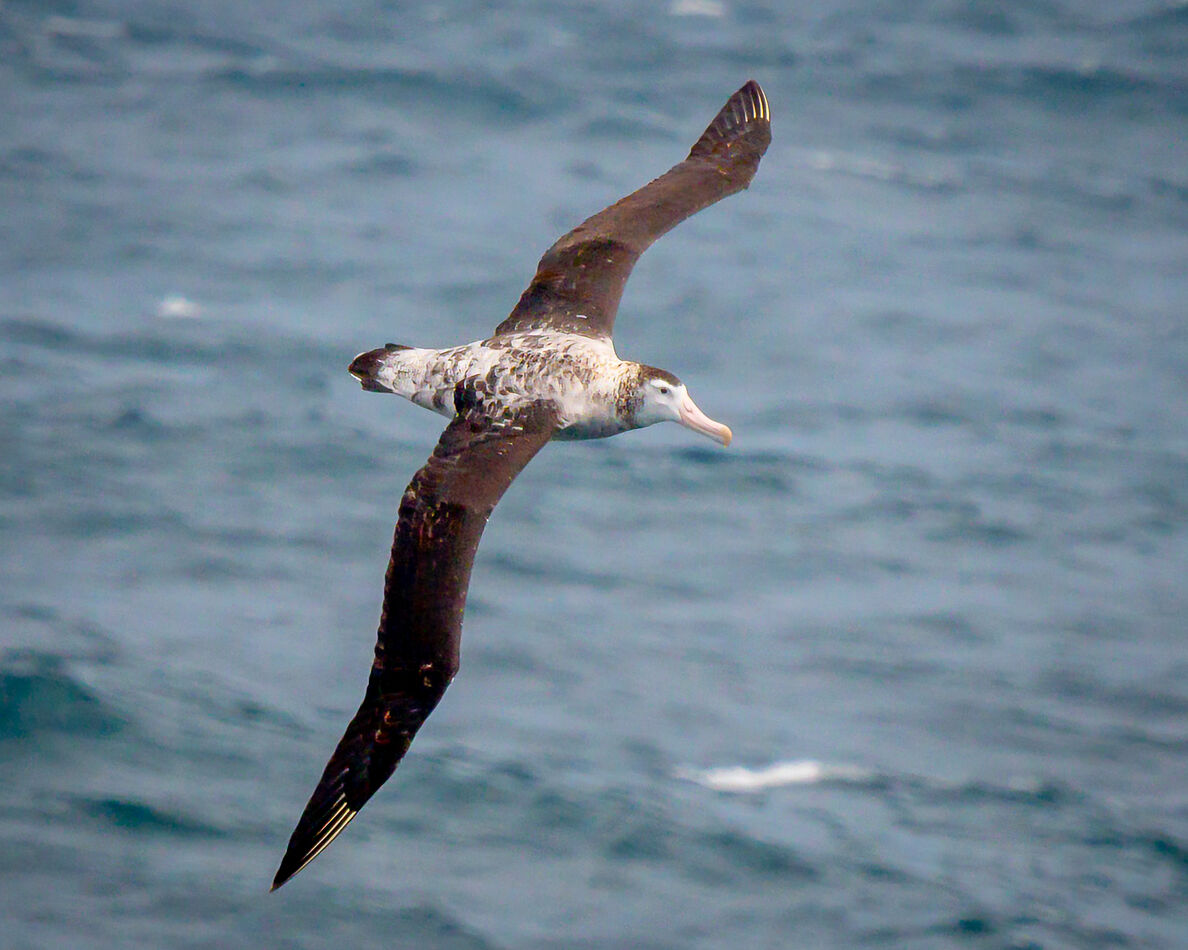
(Download)
Royal Albatross (adult)
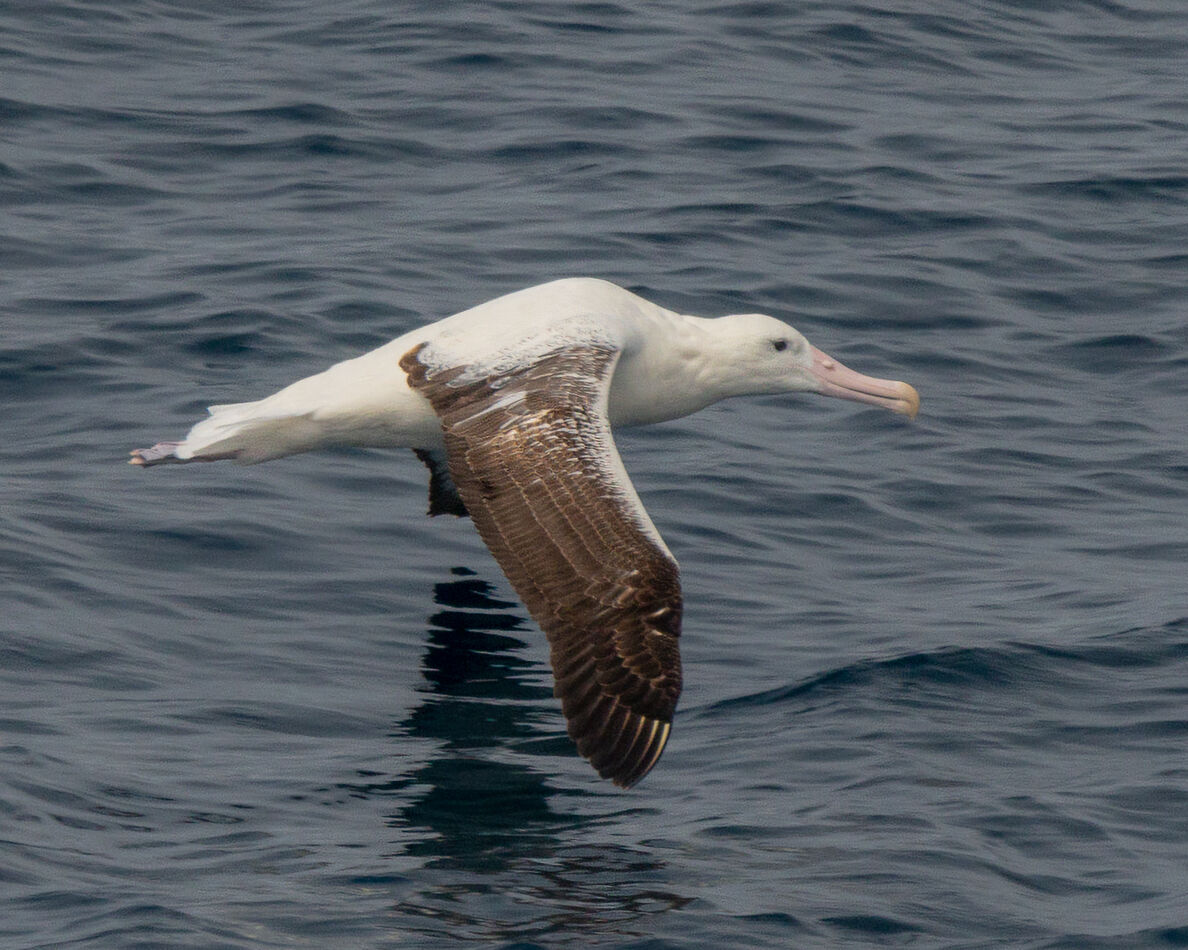
(Download)
Pink-footed Shearwater
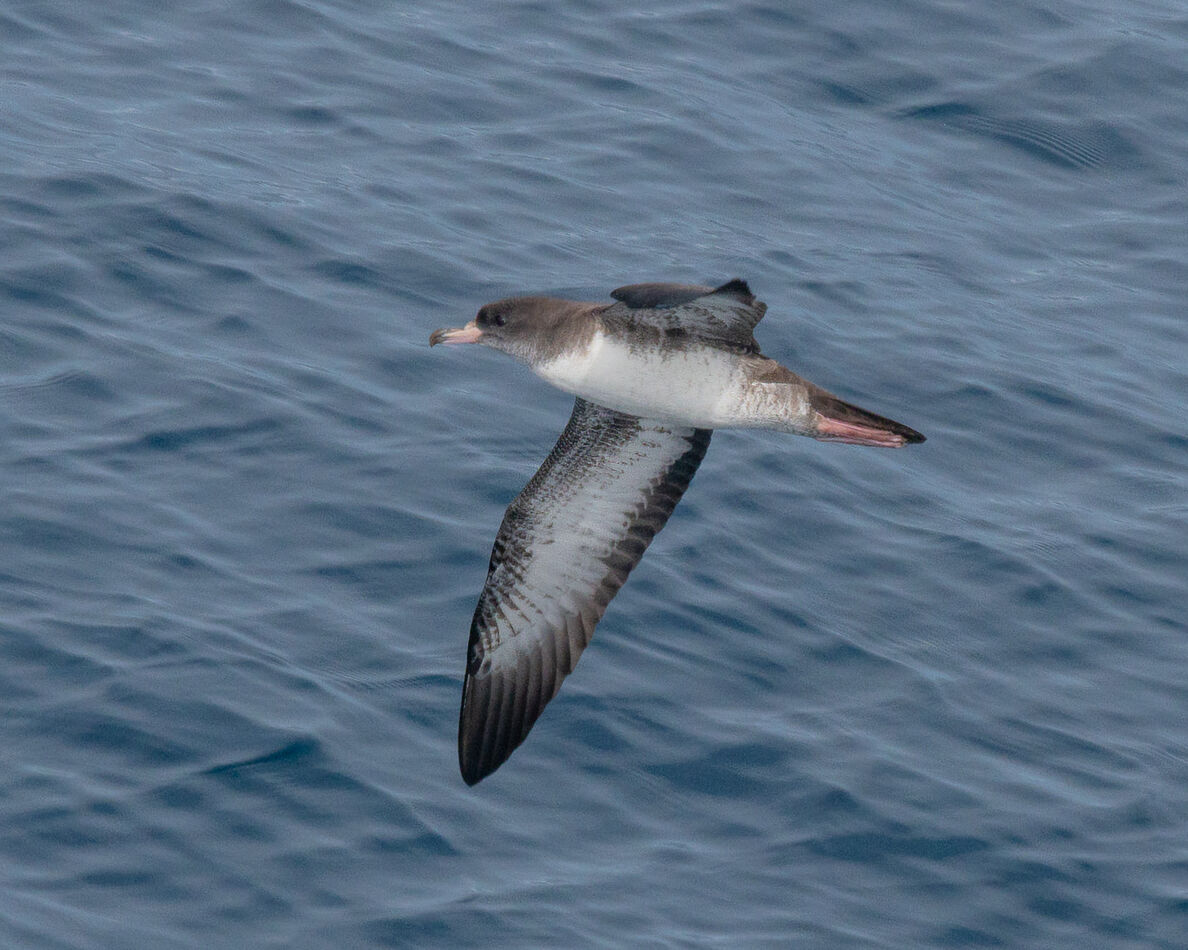
(Download)
Southern Giant-Petrel
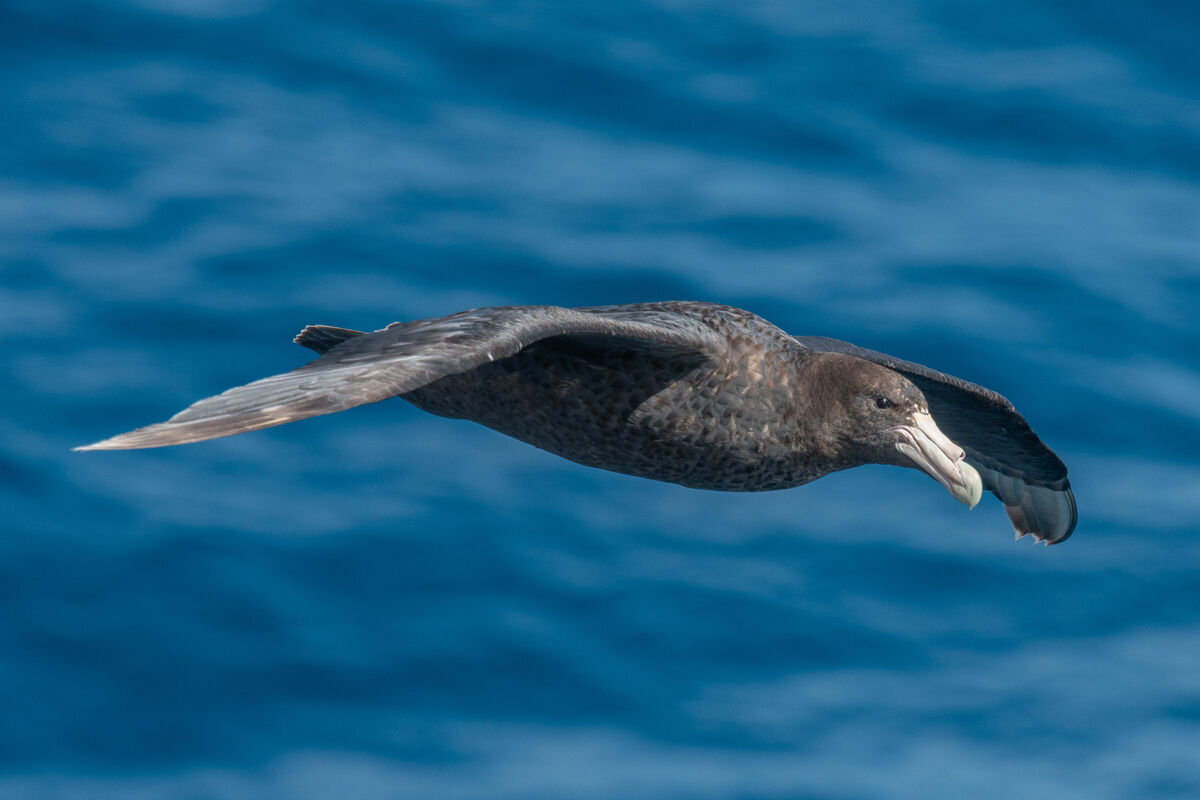
(Download)
Black-browed Albatross
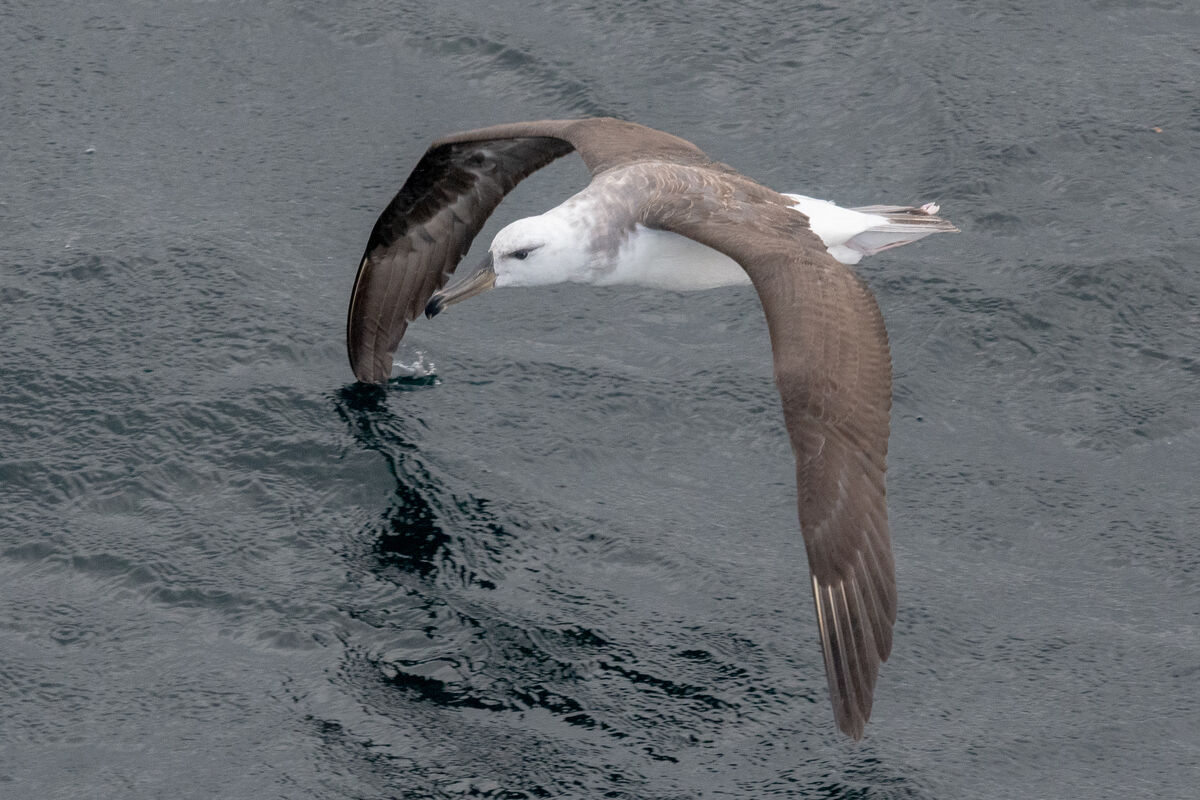
(Download)
Pintado (Cape) Petrel
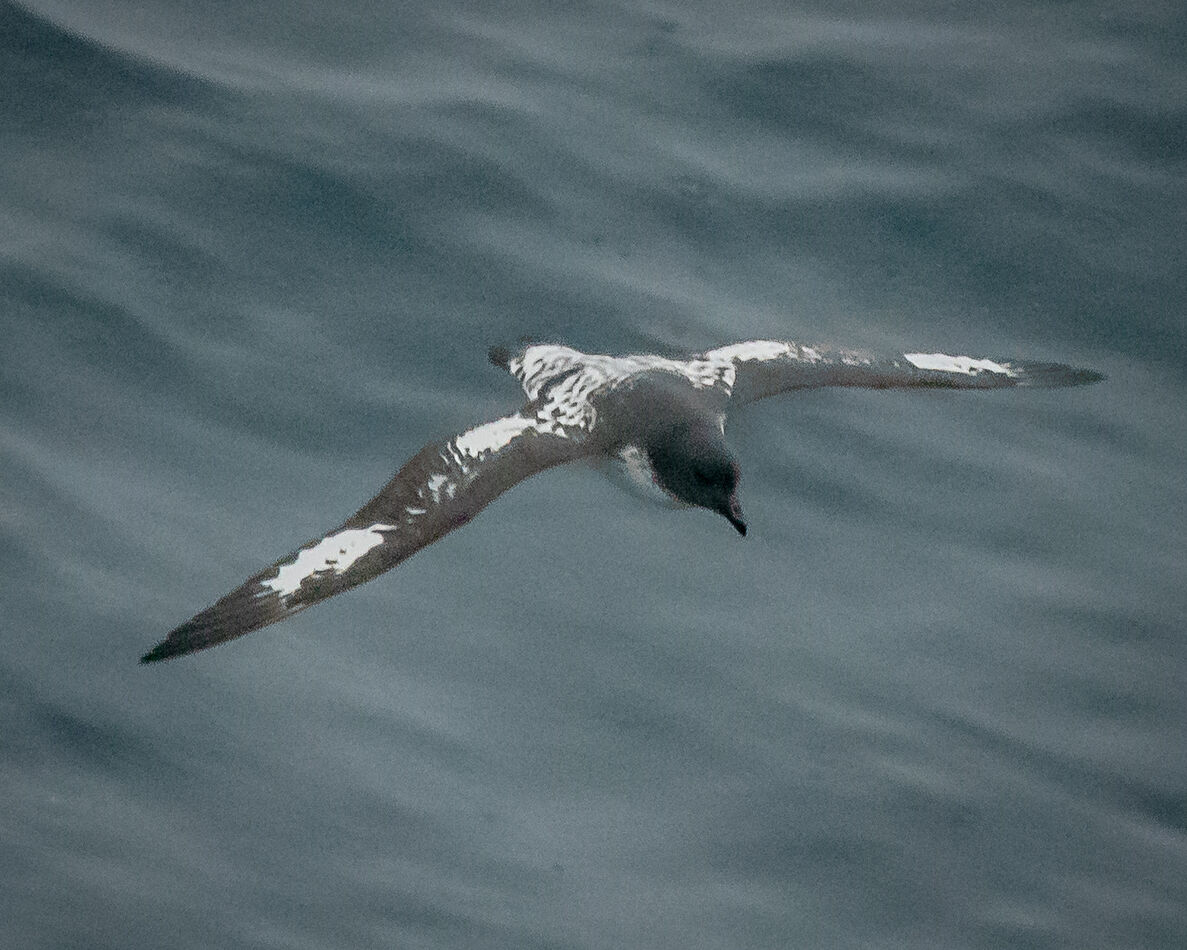
(Download)
Southern Fulmar
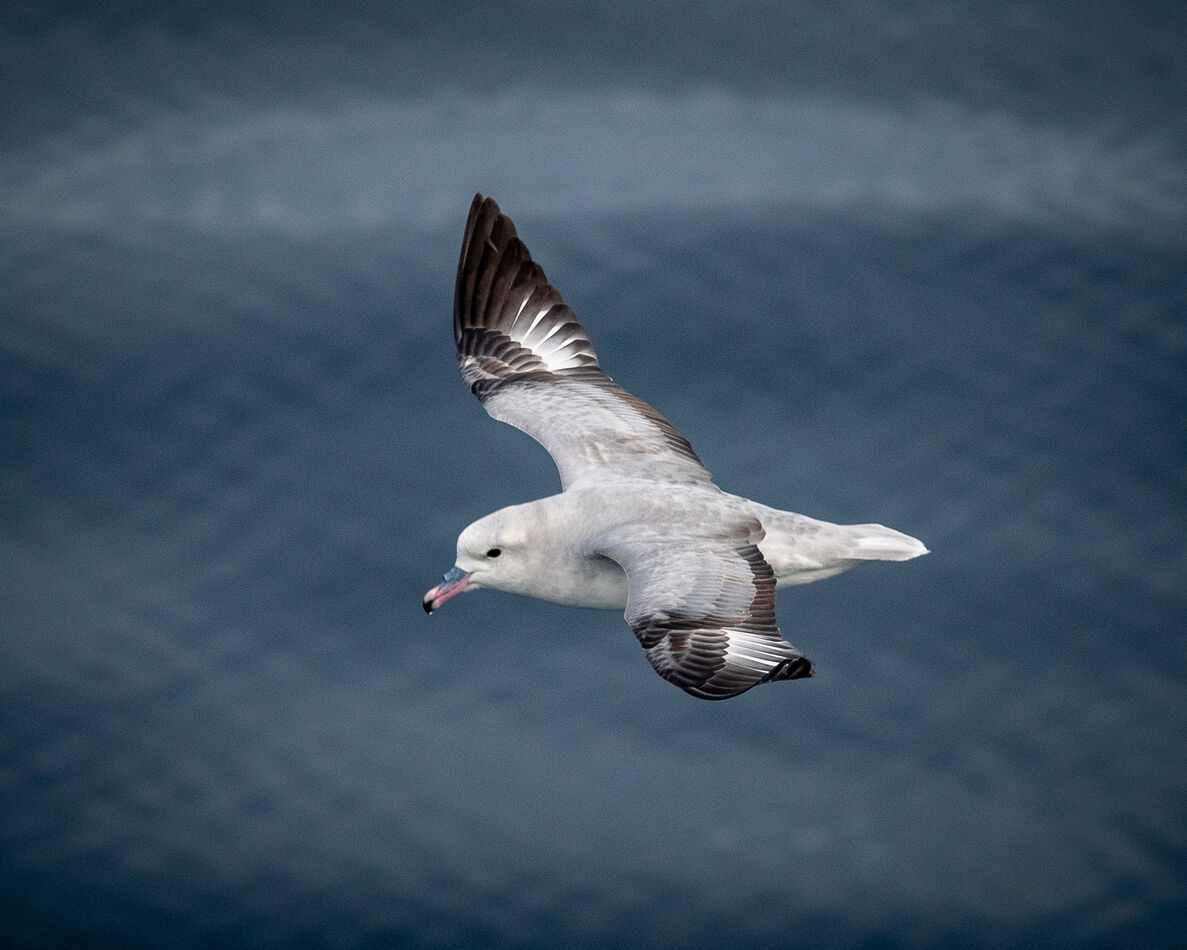
(Download)
Slender-billed Prion
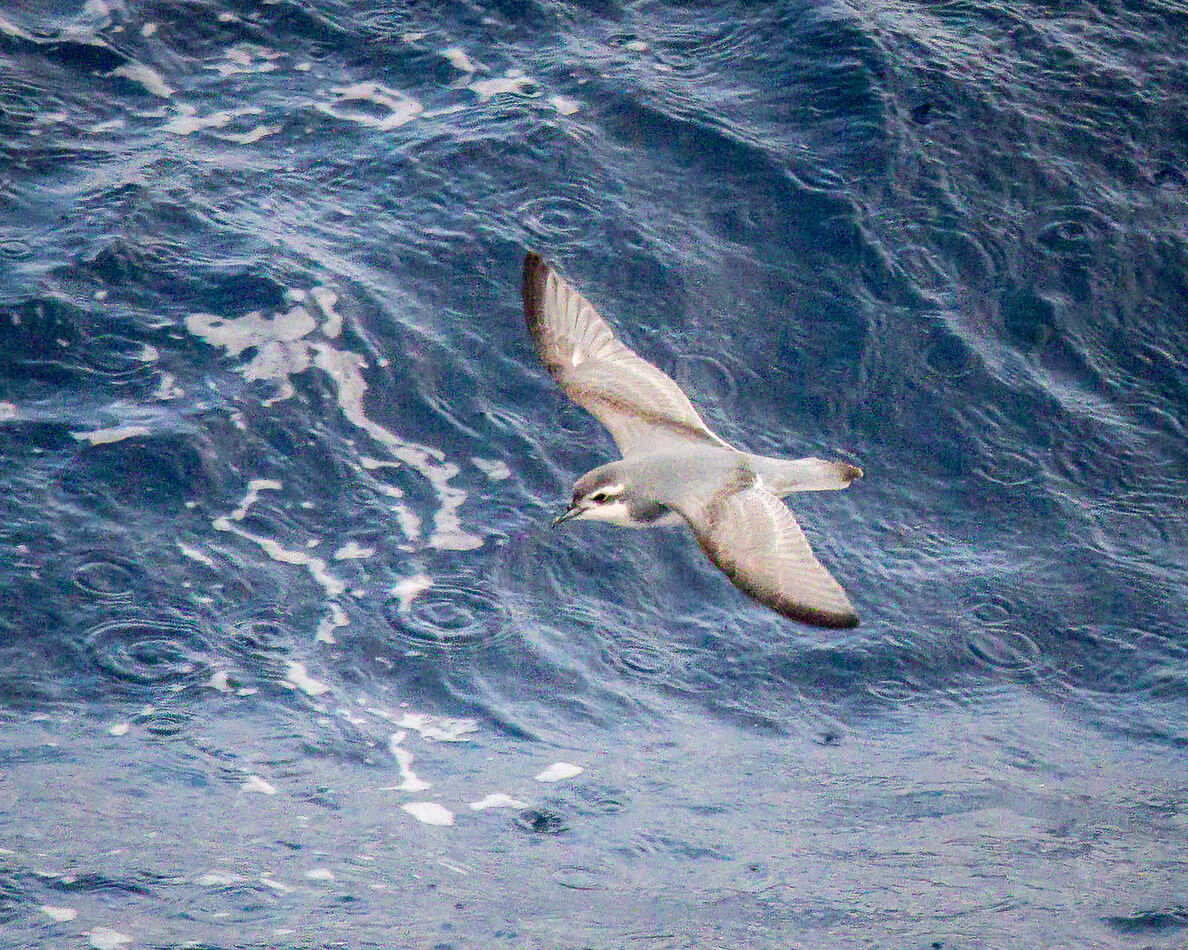
(Download)
Spectacled Petrel

(Download)
Mar 16, 2023 04:50:26 #
Mar 16, 2023 07:30:03 #
Mar 16, 2023 08:19:01 #
Mar 16, 2023 09:08:54 #
Ah, the magic of birding! Incredible set and many I long to see. Thanks for sharing.
Mar 16, 2023 10:16:16 #
Mar 16, 2023 10:21:34 #
Mar 16, 2023 11:02:40 #
Mar 16, 2023 14:24:30 #
Mar 16, 2023 17:50:33 #
jak86094 wrote:
Here's my second set of photos from a recent trip ... (show quote)
Magnificent creatures in outstanding shots 🤍🤍🤍🤍🤍
Mar 16, 2023 20:07:43 #
thanks for the description of these beauties,keep clicking! excellent shots 



Mar 16, 2023 21:58:46 #
tcthome wrote:
Very nice captures. Keep em coming.
tcthome...I'll do my best. Actually I have quite a few more to share. When you see lots of birds for the first time, it's easy to want to share them if I got decent photos. Thanks for the kind words. Have a good week and be watching for the next installment.
Mar 16, 2023 22:00:11 #
nimbushopper wrote:
Very nice!
Thanks very much, numbushopper. I has taken a while to get things organized and identified. Now I feel like I can be sharing the results. Meanwhile, I'll be watching for you to post. Have a good week. jak
Mar 16, 2023 22:02:19 #
Lagoonguy wrote:
Very nice photos. Thank you for sharing.
Lagoonguy, you are most welcome. Hope I can share more worth viewing. Have a good week. jak
Mar 16, 2023 22:03:37 #
CanonShot wrote:
Ah, the magic of birding! Incredible set and many I long to see. Thanks for sharing.
CanonShot, that's very nice of you. Thanks. Hope I can share many more you'd like to see. I was floored by the number of life firsts for me. jak
If you want to reply, then register here. Registration is free and your account is created instantly, so you can post right away.


